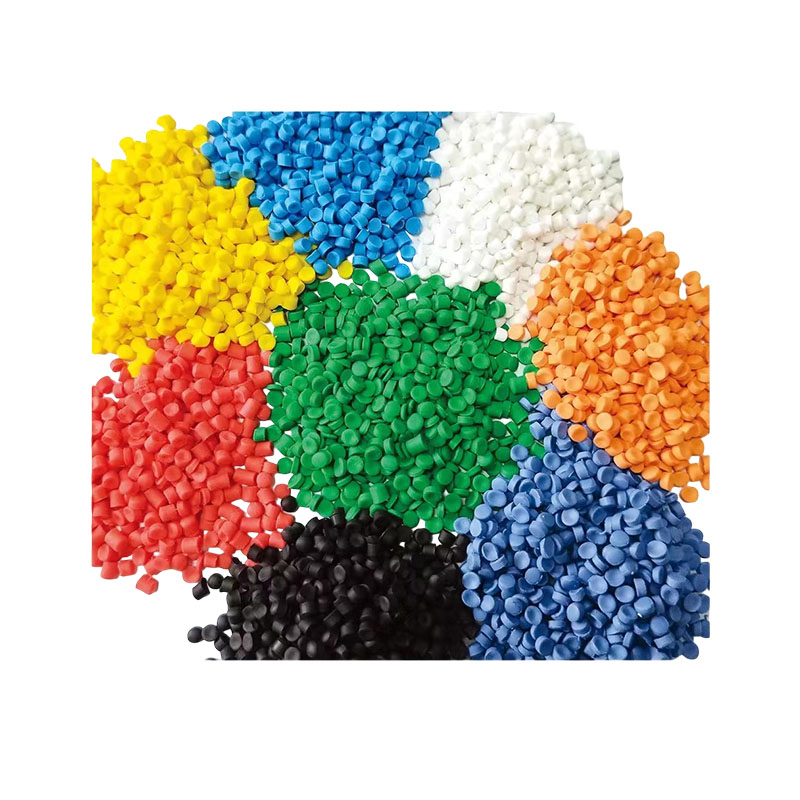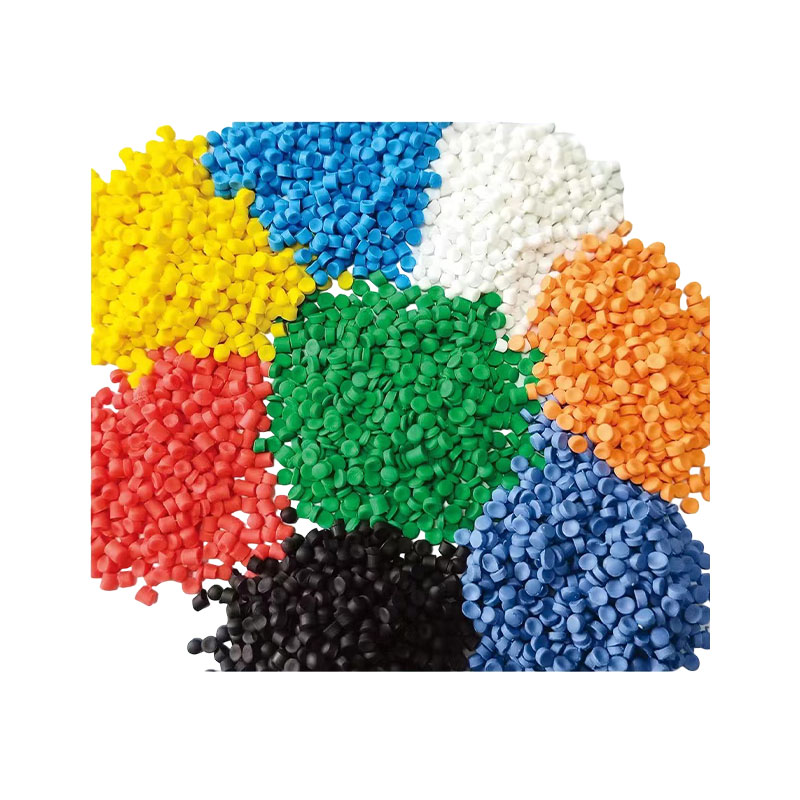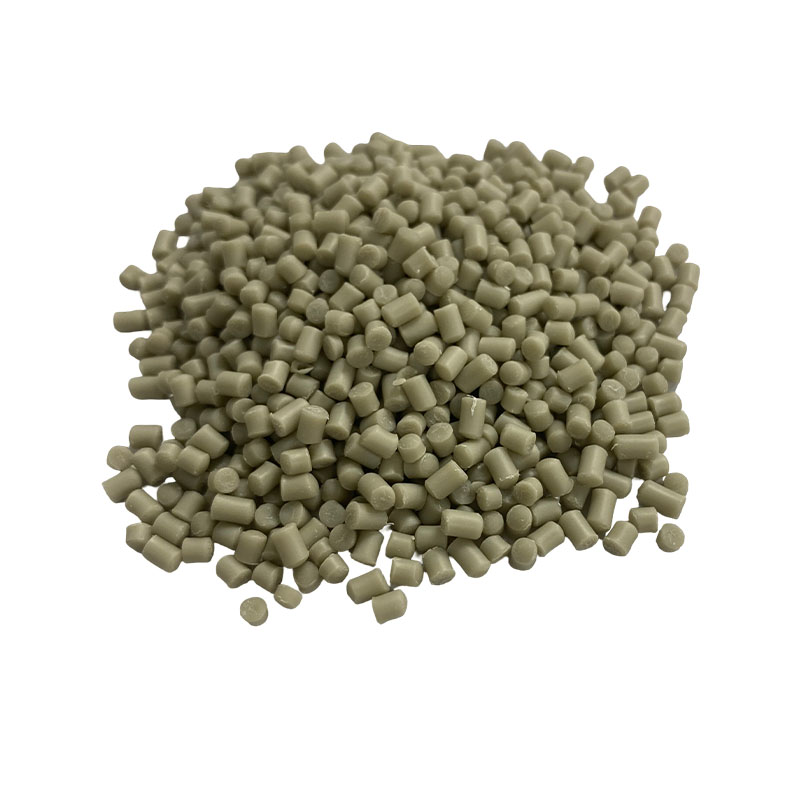What are the advantages of vitrified polyolefin cable material compared to traditional materials?
Release Time : 2025-06-17
In the selection of cable materials, vitrified polyolefin cable material stands out with its excellent performance and shows significant advantages over traditional materials. Traditional cable materials are often difficult to achieve extreme stability in electrical performance, while vitrified polyolefin cable material has excellent insulation performance. It can effectively isolate current leakage like a solid protective barrier, greatly reducing the risk of circuit failure caused by insulation failure, making current transmission safer and more reliable, which is a height that traditional materials cannot reach.
From the perspective of physical performance, traditional cable materials are often unable to cope with complex environments. Vitrified polyolefin cable material has excellent flexibility and mechanical strength. During the installation process, it can easily adapt to various bending and stretching operations, and will not easily break or deform. It is convenient for construction workers to lay cables, and can resist the impact of external mechanical forces in long-term use to ensure the integrity of the cable structure. Traditional materials may be damaged in similar situations due to the limitations of their own physical properties.
High temperature resistance is also a highlight of vitrified polyolefin cable material. Traditional cable materials are prone to softening, deformation, or even melting in high temperature environments, which in turn affects the normal use of cables. Vitrified polyolefin cable material can still maintain a stable form and performance in high temperatures. Even if it is in a high temperature environment for a long time, the insulation effect will not be reduced or its own structure will not change due to the increase in temperature, which effectively avoids the safety hazards caused by high temperature and ensures that the cable can continue to work stably in high temperature scenarios.
In terms of environmental performance, traditional cable materials often use ingredients containing harmful substances, which will pollute the environment during the production process and waste disposal. Vitrified polyolefin cable material uses an environmentally friendly formula, does not contain toxic and harmful substances, and does not release polluting gases during the production process. After the service life of the cable, its material also has good recyclability, which can reduce the pressure of waste on the environment, practice the concept of green development, and meet the current environmental protection requirements.
The chemical corrosion resistance of vitrified polyolefin cable material is also outstanding. Traditional cable materials are prone to corrosion when encountering chemical substances such as acids and alkalis, resulting in a decrease in material performance and shortening the service life of the cable. Vitrified polyolefin cable material, with its special molecular structure, can effectively resist the erosion of chemical substances. Even in chemical plants, laboratories and other complex chemical environments, it can maintain its own stable performance and ensure the normal operation of cables, providing reliable protection for the use of cables in special environments.
From the perspective of service life, due to the above-mentioned excellent properties of vitrified polyolefin cable material, cables using this material have a longer service life. Due to its own performance defects, traditional cable materials are prone to aging and performance degradation during long-term use, and need to be replaced frequently, increasing maintenance costs and labor costs. Cables made of vitrified polyolefin cable material can work stably for a long time with good comprehensive performance, reduce replacement frequency, and reduce overall use costs.
In addition, vitrified polyolefin cable material also has more advantages in processing performance. During the processing of traditional cable materials, the process parameters such as temperature and pressure are demanding, and any slight deviation may affect product quality. Vitrified polyolefin cable material has a wider processing window and is more adaptable to processing conditions. Manufacturers can adjust the processing technology more flexibly, improve production efficiency, reduce production difficulty, and at the same time ensure the stability of product quality, which undoubtedly brings great convenience to cable production.







